-
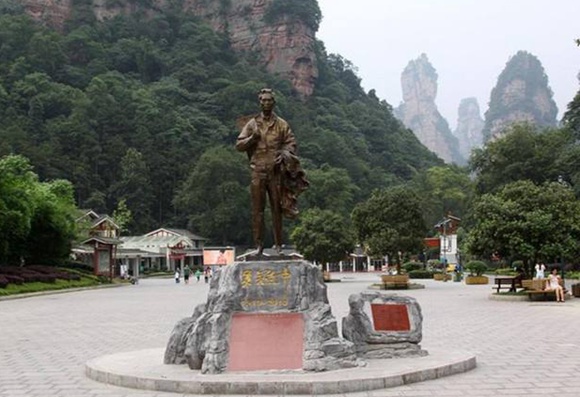
Train No. K9072 (Guangzhou→Zhangjiajie)
2010-11-24 09:59
View:6850
-

Train No. K9063 (Tongren→Shenzhen West)
2010-11-24 09:59
View:4477
-
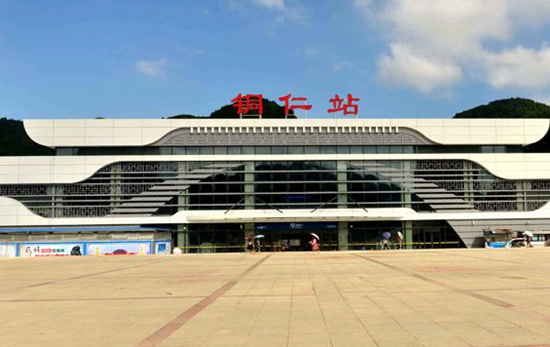
Train No. K9064 (Shenzhen West→Tongren)
2010-11-24 09:58
View:5005
-
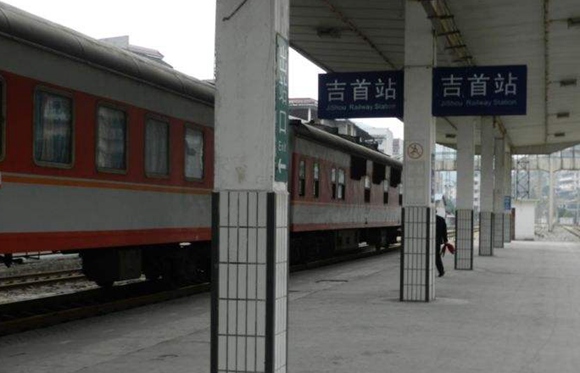
Train No. K9024/K9025 (Changsha→Jishou)
2010-11-24 09:57
View:4873
-
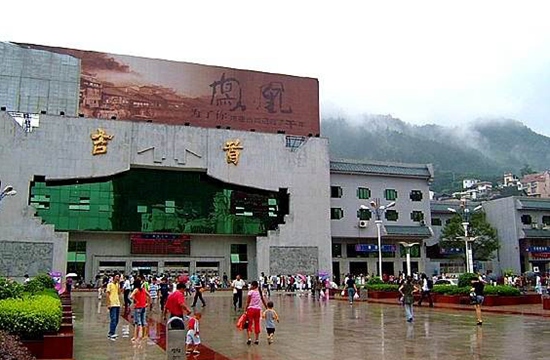
Train No. K9026/K9023 (Jishou→Changsha)
2010-11-24 09:57
View:5241
-

Train No. 2011 (Zhangjiajie→Nanning)
2010-11-24 09:56
View:4615
-
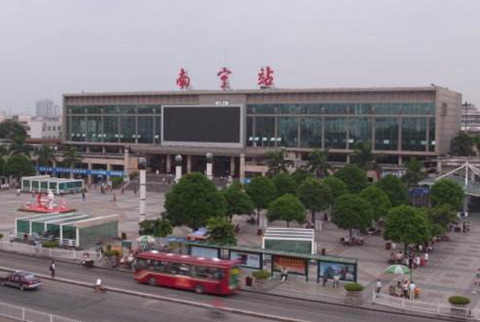
Train No. 2012 (Nanning→Zhangjiajie)
2010-11-24 09:56
View:4861
-
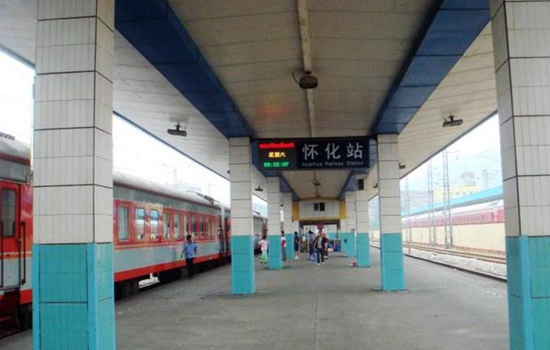
Train No. 7266 (Huaihua→Zhangjiajie)
2010-11-24 09:55
View:5332
-

Train No. K533/K536 (Shanghai South→Huaihua)
2010-11-24 09:54
View:4668
-
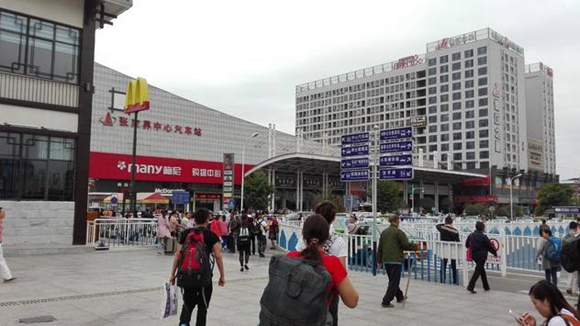
Zhangjiajie Railway Station is located in Guan Li Ping Street, Yongding District of Zhangjiajie city,It is a neighbor with Zhangjiajie Central Bus Station.Its original name is Dayong South Train Station, which is a national third-class station under the jurisdiction of Guangzhou Railway Group Co., Ltd.It was officially started on December 28, 2004, and opened in 2008. The total investment of the project construction is 450 million yuan.
2010-03-08 09:52
View:4423














